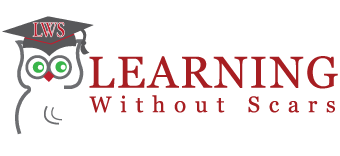The second part of the “becoming a professional salesman” series continues from the first part. All of the various steps in selling are discussed in this webinar, which is the second of two parts. This part deals with the discussions with the customer during the selling process: explaining the benefits, meeting the objections, and closing the sale. This requires that a lot of skills be present. This is where the salesman earns his money by proving to the customer that what he is selling is what the customer wants and needs. A good salesman does not sell anything – the customer buys from them.
Understanding the importance of product knowledge, the features and benefits of all the products and services at hand, and being able to deal with any objections that might come back from the customer are the core of the sales process. The final result is a sale, yet closing the sale is not as straightforward as it seems.
This second part of professional selling covers the final elements necessary to obtain the business. Without obtaining the business, the benefits of having professional salesmen covering the marketplace are lost.
